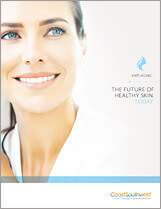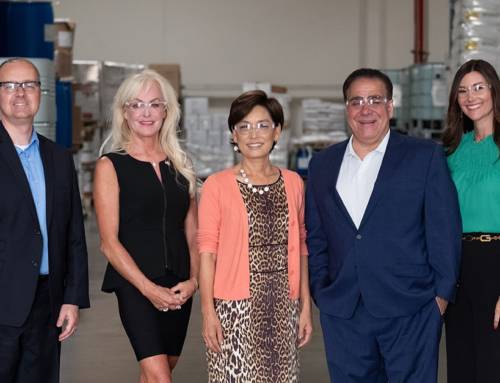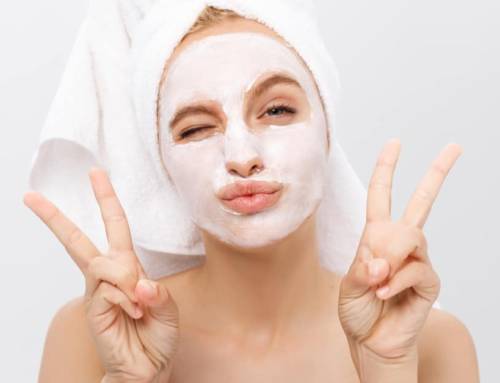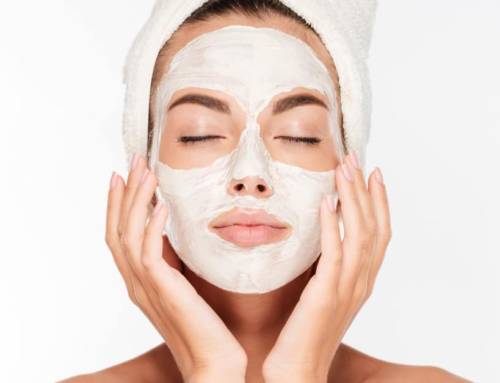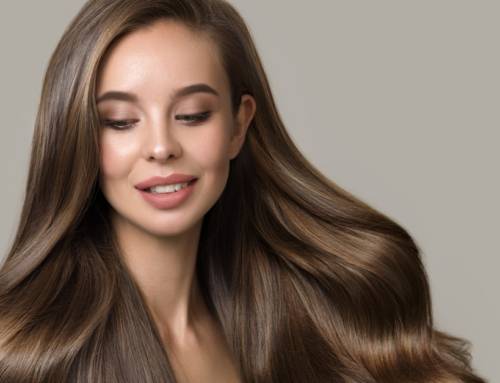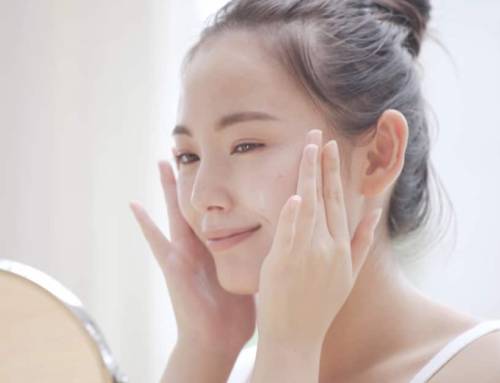Defeating Fear-Mongering About Personal Care Ingredients

With unchecked ingredient claims and viral social posts that spout the “dangers” of everything from time-tested ingredients to anything “unnatural,” many consumers are now irrationally terrified of their own personal care products.
That, in turn, causes problems for formulators and manufacturers, and can even damage the livelihood of those who depend on the personal care industry and its products.
Beauty writer Cheryl Wishcover discussed this particular brand of personal care fear-mongering in her article “Your Beauty Products Are Not Killing You:”
As a person who writes about beauty products for a living, I’m bombarded with dozens of products a week and equally as many questions from friends and family. These days, the one thing that everyone wants to know is: “Are my beauty products going to kill me? “Thanks to viral articles like this, and terrifying claims like, “No endocrine disruptors!” boldly printed on packaging, people are freaked out. It’s the perfect environment for so-called natural and safe beauty brands to step in and assuage our fears with products that won’t disrupt our endocrine systems, whatever that may mean.
The fear surrounding chemicals and “toxic ingredients” in beauty products has swirled in the air for several years now, as evidenced by Wishcover’s reporting. But, many experts now believe that the level of irrational fear around common personal care ingredients is at an all-time high.
“Consumers are very confused and the beauty industry and brands are very frustrated,” said professor Stephan Kanlian, chair of FIT’s master’s program in cosmetics and fragrance marketing and management.
Despite the current climate of fear surrounding chemicals in beauty products, formulators have two strong ways to fight against unsubstantiated claims. The first is to support and encourage consumer education through digital media outlets. The second is to incorporate modern ingredients into formulations, to both meet the needs of consumers and provide them reassurance in panicky times.
Fear-mongering goes online
The Internet and social media are largely responsible for the current tornado of confusion about the safety of common – and important – skincare ingredients.
“The Internet is partially responsible for the safety outcry. Emails about aluminum in deodorant causing breast cancer (not true) and the amount of lead in lipstick (not dangerous) reached a fever pitch in the early aughts,” explains Racked. “It made consumers much more aware, and when marketers noted that consumers were more aware, you started to see claims like ‘sulfate-free’ and ‘no parabens’ [on packaging]. That started to snowball in the mid-2000s and has been growing since then,” Perry Romanowski, a cosmetic chemist and a co-founder of The Beauty Brains said.
But the rapid rate of misinformation about ingredients safety and usefulness that has spread on the Internet can come at a cost – to both formulators and consumers.
“The problem is when pseudo-scientific groups spread misinformation, and bloggers and consumers embrace it, they dictate the direction of product development in ways they don’t understand – ultimately making products that are potentially less safe,” said Rachel Grabenhofer in Cosmetics & Toiletries.
Parabens, preservatives, and education
Preservatives like parabens are just one of the ingredients that have fallen victim to unsubstantiated social media scare tactics. But, formulators know these helpful preservatives are absolutely critical to developing and maintaining a safe, efficacious skincare formulation.
Parabens and other cosmetic preservatives help inhibit mold, bacteria, fungi, and other microbial growth in opened containers, jars, or bottles. Additionally, preservatives extend the shelf life of an opened beauty product, and protect a product’s smell, color, and consistency.
However, despite their importance, many consumers are unaware – or even wary – of the role parabens or other common preservatives played in their favorite products. One way to remedy this? With a stronger focus on communicating the benefits of ingredients like parabens to the public, through digital media outlet.
According to a report on the industry site Cosmetics Design, the PCPC all but begged beauty editors to talk more about science at the organization’s last annual meeting. “The misinformation that’s out there drives the scientific side of me crazy,” the PCPC’s chief scientist told the room,” according to Vox.
Consumers are unaware of the role common preservatives play…
By focusing on research-backed claims, formulators can help educate more consumers about the importance and reduce the rash, false judgements about certain ingredients.
Modern ingredients, modern solutions
Another path to easing the fearfulness of chemical-wary consumers is to begin to incorporate more modern ingredients into future formulations.
As the public continues to demand preservative free and mild preservatives systems, contemporary options, like the Sharon Advanced Preservatives Line, present a highly favorable option to formulators.
By fitting neatly into the clean, green, or natural labels – while still meeting rigorous safety and efficacy standards – modern preservatives can provide the ultimate solution to satisfying both consumer and safety standards.
Let’s focus on a fear-free future
With the boom of clean beauty and the subsequent chemophobia, the irrational fear surrounding certain cosmetic ingredients is frustrating for formulators and consumers alike. But, with a focus on education, highlighting research-backed claims, and the incorporation of more modern ingredients, formulators can fight against the fear-mongering and bring the next wave of personal care to consumers and defeat the panic being fed by provocateurs and the ill-informed.


